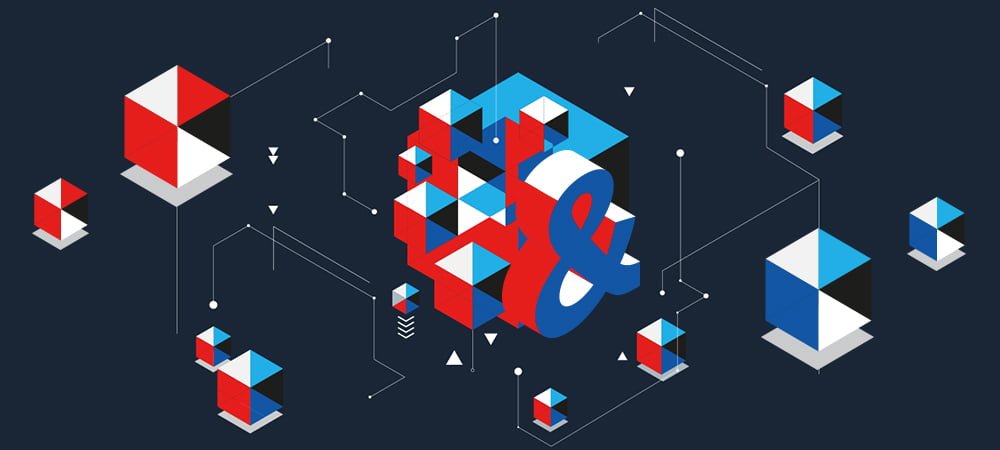E-commerce: How to achieve the perfect symbiosis in SAP ERP integration


If companies want to introduce a new e-commerce system, they should get a picture of the software integration in advance. After all, the store system must be connected to the existing IT infrastructure. Only when all systems are seamlessly connected and work together effectively can the e-commerce project succeed. A well thought-out strategy is needed to build the platform, especially if it is to be married to an infrastructure that offers as many options as SAP. The following steps should be considered in such a project:
Prepare project start
For the integration process to be effective, it helps companies to be clear about what competencies are available in their own team and what preparations are needed. After all, the complexity and the resulting time required for such a project are often underestimated. In order to better estimate the workload, all the departments involved should be taken into account directly when setting up the project team. In any case, this includes process experts and specialists from the areas of system architecture and system infrastructure.
In addition, it is important to analyze which connection options exist between the SAP ERP and the store system. Which hosting solution is the SAP ERP system based on - cloud or on-premise? Which interfaces are needed to efficiently connect the store system? Business customers and service providers should agree in advance on how to achieve the best possible performance within the planned budget.
Provide data
An essential step in project preparation or in the early project phase is the provision of a solid database. The information from all systems involved in the connection process should be available in a complete and consistently integrable form. This includes data from the ERP, PIM and CRM systems. If a company is already using the SAP Business Technology Platform cloud solution, the best conditions for smooth data migration are in place. If the company relies on the on-premise solution SAP PO, an individual connection solution is the key. In principle, we recommend cloud hosting, as support for the SAP on-premise variant expires in 2027.
Select interfaces
In order to process the prepared data, the appropriate interfaces are needed. The SAP Business Technology Platform - just like the Adobe Commerce store software, for example - offers standardized interface technologies such as REST, SOAP and oDATA. For companies, this brings the advantage that all required modules can be integrated into the existing processes of SAP ERP without extensive changes. In some cases, however, an individual solution is still needed to meet the specific needs of a company. In such cases, a combination of standard interfaces and specially developed software solutions is optimal. A good example is the combination of the e-commerce specialized, high-performance Middleware n98-Postal® with the SAP Business Technology Platform.
Avoid redundancies
In any case, customers and service providers should always analyze the individual processes within the entire system landscape during software integration: In which subarea of the software architecture does which process take place and what does that mean for the integration? Redundancies can be avoided by taking such considerations into account. If, for example, the connection to the store system involves the pricing process, this could be taken over by the e-commerce software. In the case of an existing SAP ERP system, however, this is not necessary because pricing is calculated in SAP. The SAP Technology Platform helps to retrieve such functions from the ERP system and other application areas within the overall system.
In conclusion, then, it can be said: Individual tools - such as the aforementioned example n98-Postal®, which work in symbiosis with already existing solutions - are a high guarantee for success in e-commerce.
For more information on SAP e-commerce integration, see the associated whitepaper.






